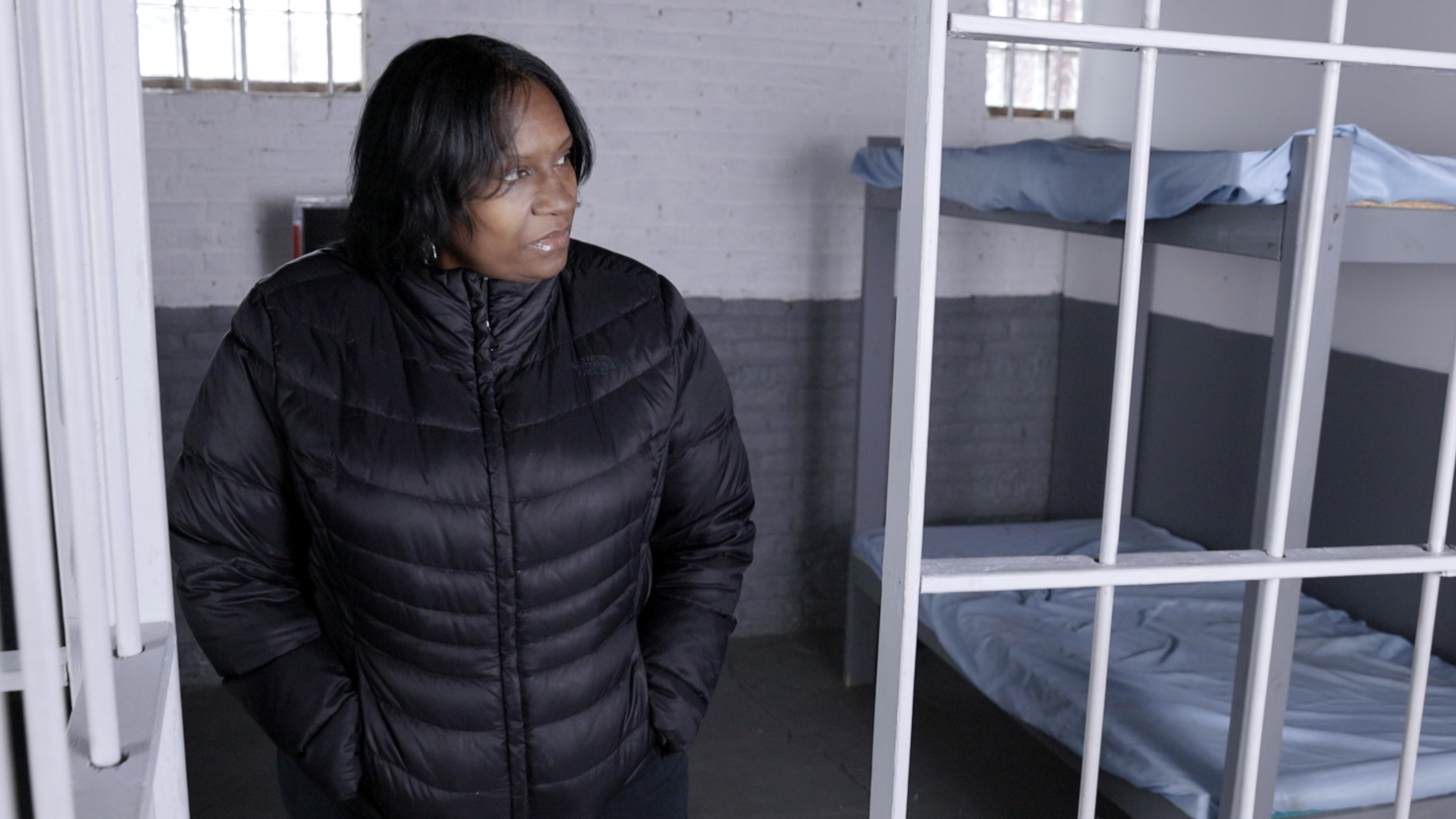How Did I Get Here?
By Coco Davis
After prison, a mother fights to rebuild her life and reconnect with her children in a world that refuses to let her move on
After serving over a decade in federal prison, a mother returns to a world filled with barriers, not just for herself but for her children, who carry the weight of her absence. Determined to rewrite her narrative, How Did I Get Here reveals Nicole “Coco” Davis’ pursuit through the challenges of societal judgment, the struggle to reconnect with her children, and the overwhelming odds stacked against formerly incarcerated women.
The film exposes the devastating impact of conspiracy laws, which have disproportionately sentenced women under rigid, unjust structures.
It calls for reforming conspiracy laws to require both intent and direct action, restoring judicial discretion, and ensuring retroactive relief so those harmed by these laws can have a real chance at rebuilding their lives.
About the Issue
The incarceration rate for women in the U.S. has surged over 500% since 1980, largely driven by tough-on-crime policies, the War on Drugs, and punitive sentencing laws. Mandatory minimums and conspiracy statutes disproportionately impact women—often sentencing them harshly for actions they did not directly commit. In Illinois and across the federal system, these laws strip judges of discretion, over-penalize association, and contribute to racial disparities in sentencing.
In 2023, 66.1% of federally sentenced women had little or no prior criminal history. Over 25% were convicted of an offense that carried a mandatory minimum sentence and over 37% were sentenced for a drug-related offense.*
There is an urgent need to reform conspiracy laws and repeal mandatory minimum sentences, with a focus on fairness, proportionality, and public safety.
*The United States Sentencing Commission, QuickFacts Federally Sentenced Women



